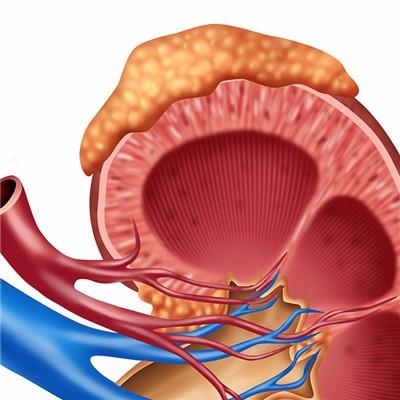How is iris neovascularization caused?
summary
Iris neovascularization is not the primary disease of iris, but secondary to many eye diseases and some systemic diseases. Because it can develop into or merge with the formation of fibrovascular membrane, resulting in iris cornea angle closure and severe neovascular glaucoma, intraocular pressure is often difficult to control, eventually leading to blindness, and even enucleation due to severe ocular pain. Therefore, it is very important to find and deal with it as soon as possible.
How is iris neovascularization caused?
There are many causes of iris neovascularization: vascular diseases such as central retinal vein occlusion, central artery occlusion, Leber microaneurysm, retinal hemangioma, choroidal hemangioma, retinopathy of prematurity, etc. Eye diseases such as endophthalmitis, sympathetic ophthalmia, retinal detachment, etc. Systemic diseases such as diabetes, sickle cell disease, lupus erythematosus, carotid artery occlusion disease, etc. There are also operations and radiotherapy and eye tumors.

In the early stage, neovascularization first appeared in some areas of the iris near the pupil edge and the angle of the chamber. Small curved and irregular red lines can be seen on the iris surface. The width of the chamber angle was normal. The duration of this period varies with the cause of the disease. The patients with central retinal vein occlusion develop rapidly, and this period only lasts for a few weeks or months.

The iris surface was covered by neovascularization membrane; Because of the contraction of the fibrovascular tissue, the pigment layer of the pupil was drawn forward to form the eversion of the pigment layer; Extensive peripheral anterior synechia of iridocorneal angle leads to sharp increase of intraocular pressure and significant mixed hyperemia of neovascular glaucoma. The suffering eye has severe pain and only light perception.

matters needing attention
On the pathological section of the eyeball, the capillaries attached to the atrophic iris grew from the iris root to the surface of the reticular tissue of the cornea. On the other side, the pigmented epithelium of the posterior layer of the iris and the pupillary border are pulled forward by the fibrous connective tissue, which is the cause of the pigment eversion of the uvea at the pupillary border.












